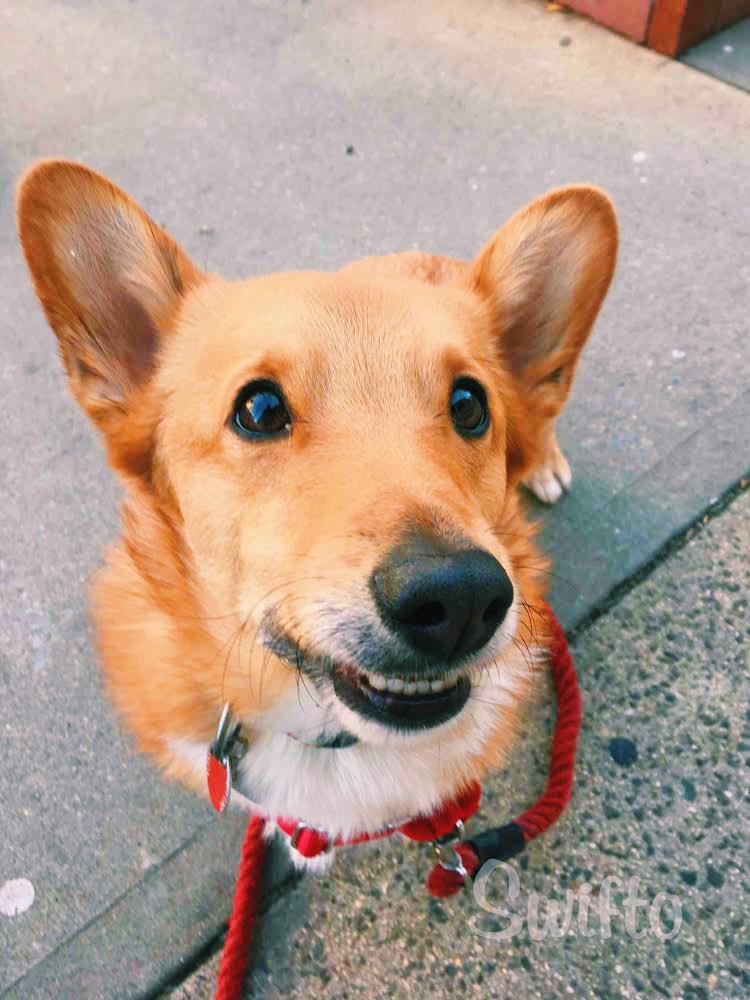Tips for helping your child overcome their fear of dogs
Even though dogs are man’s best friend, they can be strange and intimidating to many kids. Dogs are often larger than them, unpredictable, and very forward when curious. Here are ten basic tips about what to do if your child is afraid of dogs:
(1) Acknowledge that your child is afraid of dogs. Phrases like “Dogs aren’t going to hurt you” and “There’s nothing to be afraid of” will compound a child’s nervous energy and possibly make a phobia more severe. Try phrases like “I know you’re scared of the doggy, hold my hand and we’ll be okay.” The best time to introduce a child to a dog is after they’re relaxed around being in the same room or on the same street as a dog.
(2) Be careful not to use language that reinforces a child’s fear of the dog. Acknowledging that your child’s fear is real and rational is important, but don’t use phrases like “He may bite” or “Is your dog aggressive?” Try phrases like “Watch out for kisses” and “Does your dog get very excited around kids?”
(3) Try some imaginative play with a kid who’s afraid of the dog. Buy a stuffed dog and use the toy to show your kid how a dog will act in real life. Remember it’s important to gradually introduce the kid to dogs. Start with toys, move on to books and TV shows, then look at some live dogs at a distance, then meet a dog. If you own a dog, keep the dog away from your child at first, then try to let your kid see the dog while out of the dog’s reach (i.e. behind a glass door), then introduce your dog to your child. Don’t be reluctant to go back a step if you notice your kid is afraid when advancing to a more intense step.
(4) Remember that dogs can be scared of kids, too. Children are at eye level for most dogs and can tend to stare, which can lead to dogs acting like a child is challenging them or trying to intimidate them. If a dog is acting nervous around your child, whether or not the kid has a phobia, try to excuse yourself from the situation and save playtime for later.
(5) Let your child know what to expect. If your child is petting a dog use a phrase like “Watch out for kisses” or “The dog may do a little dance and jump.” Even if a dog does snap or jump on them, he or she will know that dogs are at least predictable and won’t be shocked.
(6) After your child is comfortable seeing and being near dogs, introduce them to an older dog. Puppies are often not yet fully trained and can jump on a little person or get nibbly when excited. A calm, older dog is the perfect first friend for a kid who is afraid of dogs.
(7)Have your child pet a dog’s body. Sometimes kids are simply scared of a dog’s face. The furry body of a dog is less intimidating, the dog will be happy, and your child is less likely to get licked or see teeth.
(8) Seek out an accessory for your dog, or a dog who has an outfit on. This will help a child who is afraid of dogs see them as fun, whimsical creatures and less like a strange and scary animal. A few famous dog trainers have noticed that therapy dogs wearing vests or bandanas are often better received by children than non-dressed-up dogs.
(9) Teach your kid how to be polite to a dog. Teach your child not to push, tease, or scream at a dog or pull a dog’s tail. If the dog meeting your child is happy and calm, good interactions are more likely.
(10) Teach your child to always ask a dog parent if it’s okay to pet a dog they haven’t met before.


